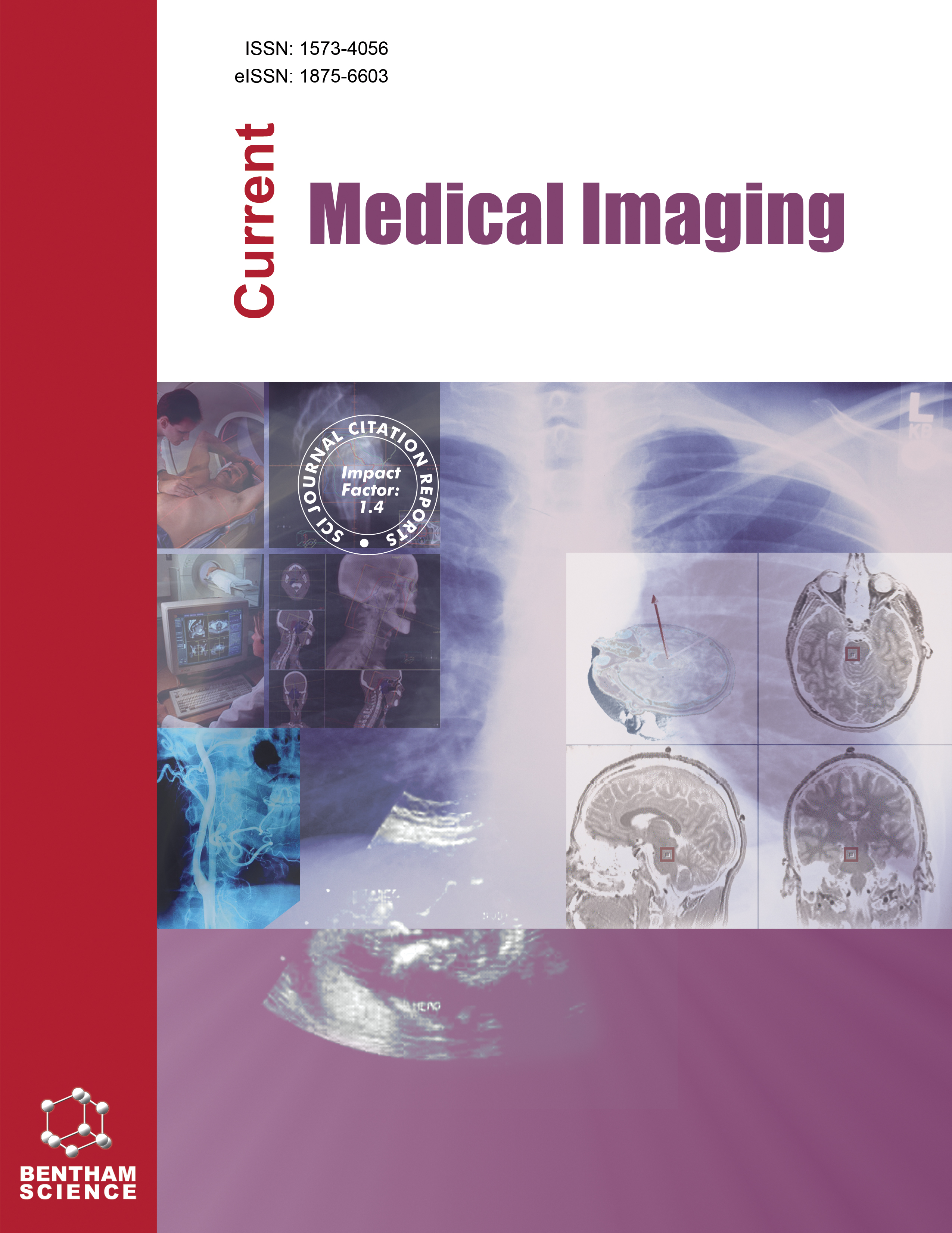-
oa Early Clinical Efficacy of Small Incision Reduction and Superior Closed Pin Fixation of Goss-Ideberg Type III Glenoid Fractures using X-ray and CT Scan
- Source: Current Medical Imaging, Volume 20, Issue 1, Jan 2024, e15734056279954
-
- 25 Oct 2023
- 20 Feb 2024
- 01 Jan 2024
Abstract
Imaging techniques such as X-rays and 3D Computed Tomography (CT) are used to diagnose and evaluate a patient's shoulder before and after surgery. Identifying the kind, location, and severity of a shoulder fracture helps surgeons choose the right treatment and surgery.
The study examines the effectiveness of small incision reduction and superior closure pinning in treating Ideberg type III glenoid fractures identified by X-ray and CT scans.
From October 2017 to June 2022, 40 patients with Ideberg type III glenoid fractures underwent mini-incision reduction and superior closed pinning fixation using the Anterior (AA) and Posterior (PA) approaches. Pre- and post-surgery shoulder scores and imaging data were analyzed. Outpatient review and shoulder anteroposterior radiographs were collected at 1, 3, 6, and 12 months after surgery. We assessed shoulder joint function using the American Shoulder and Elbow Society (ASES) shoulder score, VAS score, Constant-Murley Shoulder Outcome (Constant) score, and DASH score.
A total of 40 patients were monitored for 14-16 months, averaging 15.2 ± 0.3 months. All fractures were healed between 14-25 weeks from X-rays, averaging 17.6 ± 5.4 weeks. Both the AA and PA groups had similar shoulder score changes. However, the AA group did better. In all cases, ASES shoulder scores were outstanding at 80%. Radiographs demonstratedno traumatic arthritis or internal fixation failure consequences like screw loosening or breakage.
It was concluded that Ideberg type III glenoid fracture reduction with an anterior small incision and superior closed pinning hollow lag screw internal fixation could be successful.


